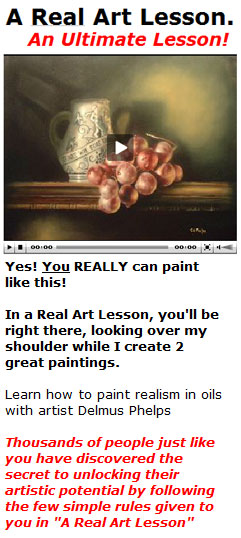Posted by admin | Under Paint
Saturday Apr 24, 2010
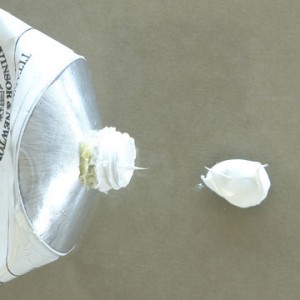 To all painters, white is an important part of the palette, but to the marine painter, white and its usage is so important that at times it almost becomes a medium. So working knowledge of the properties of the three basic white paints on the market today will help you to determine your procedure and to realize your final effects, whether it be direct painting, building the painting in successive layers, underpainting and overpainting, glazes or scumbling.
To all painters, white is an important part of the palette, but to the marine painter, white and its usage is so important that at times it almost becomes a medium. So working knowledge of the properties of the three basic white paints on the market today will help you to determine your procedure and to realize your final effects, whether it be direct painting, building the painting in successive layers, underpainting and overpainting, glazes or scumbling.
I hope that you will gather from these pages that I dislike very much falling into a system of using over and over again a procedure or a set palette. With your painting materials always the same, each picture will tend to appear just like the preceding one, with only a rearrangement of subject matter. If the materials you use are sound and compatible, and each lends itself to the realization of the desired final effect, then you have selected and used them for their best qualities. Read the rest of this entry »
Posted by admin | Under Still Life
Saturday Apr 24, 2010
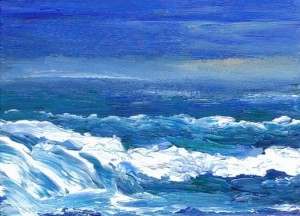
Paint Water
When I first turned my attention to painting the water in the ocean and its surroundings, I came face to face with the exasperating and ridiculous task of trying to make it stand still long enough for me to study and paint.
I soon learned that the very thing that had brought me to the ocean as a subject was the quality I was trying to take away from it. I came to realize it was not just the ocean that had movement-tides, currents, changing surface –but so did the sky and the sun. Our source of light, the great zenith of the sky, the clouds ever changing, all reveal to the artist reflection and reflected light, with the atmosphere breaking up the light and allowing us to observe and live with the colors on nature’s palette. Even the stately rocks had their days of movement when the Ice Age pushed, shoved, and arranged them in the beautiful patterns and shapes that we see today, the ocean constantly gnawing at their polished surfaces, breaking and chipping, creating new forms to delight the eye. Read the rest of this entry »
Posted by admin | Under Oil Painting
Saturday Apr 24, 2010
Posted by admin | Under General
Thursday Mar 4, 2010
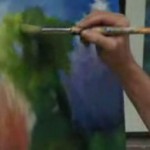
Scumbling
Scumbling is painting thin layers of opaque light color over dark colors, which gives a broken color effect. Scumbling is rather like glazing, but with light colors over dark. The colors mix optically rather than on the palette, and the result is shimmery, opalescent.
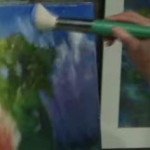
Stippling
Stippling is similar to scumbling but you are adding more texture than contrast. Same strokes of paint but you are working for a texture effect instead of a color effect.
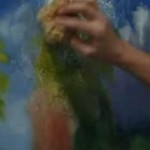
Sponging
Is using a seas spong to create dimensional paint. It is similar to stippling but you are using a thicker surface and creating a more dynamic color and texture effect.
Read the rest of this entry »
 To all painters, white is an important part of the palette, but to the marine painter, white and its usage is so important that at times it almost becomes a medium. So working knowledge of the properties of the three basic white paints on the market today will help you to determine your procedure and to realize your final effects, whether it be direct painting, building the painting in successive layers, underpainting and overpainting, glazes or scumbling.
To all painters, white is an important part of the palette, but to the marine painter, white and its usage is so important that at times it almost becomes a medium. So working knowledge of the properties of the three basic white paints on the market today will help you to determine your procedure and to realize your final effects, whether it be direct painting, building the painting in successive layers, underpainting and overpainting, glazes or scumbling.



